Beyond Tech: Event Photography Guide
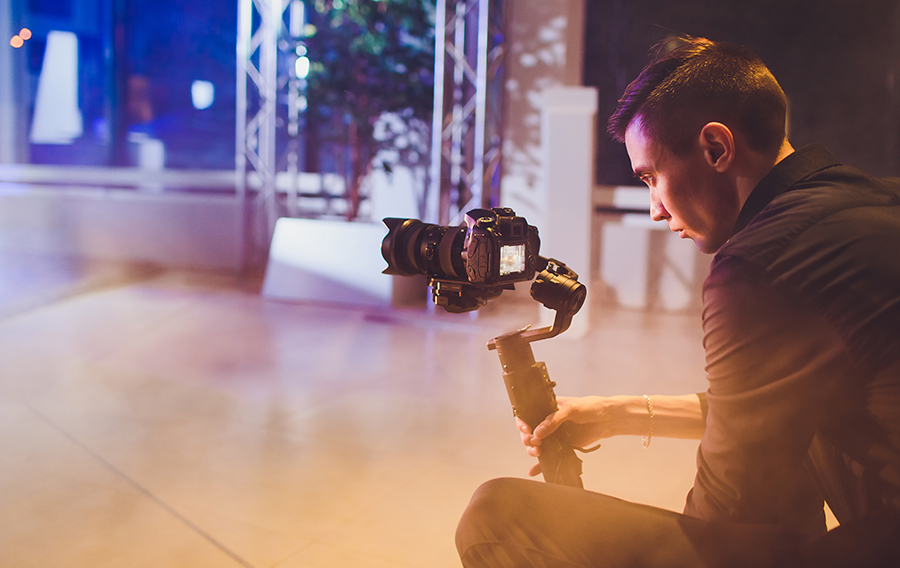
Written by Aubrey Moore
For event planners and meeting organizers, event photography is a must— but how do you get the most out of your budget? There is no such thing as too soon when it comes to planning ahead for your next event. Photos are assets that you can leverage year after year to promote your event, generate demand for it, and ultimately drive engagement with your event content.
In this article we’ll share five key factors for staging, capturing, and sharing the most powerful moments from your event in photos:
- Whether to enlist volunteers or contractors
- The longtail value of photos
- Your shot list
- Candid versus staged photos; and
- Lighting and decor
When planning your association’s next event, it’s important to think strategically about every detail. Your event photography strategy should include the following five considerations (at a minimum).
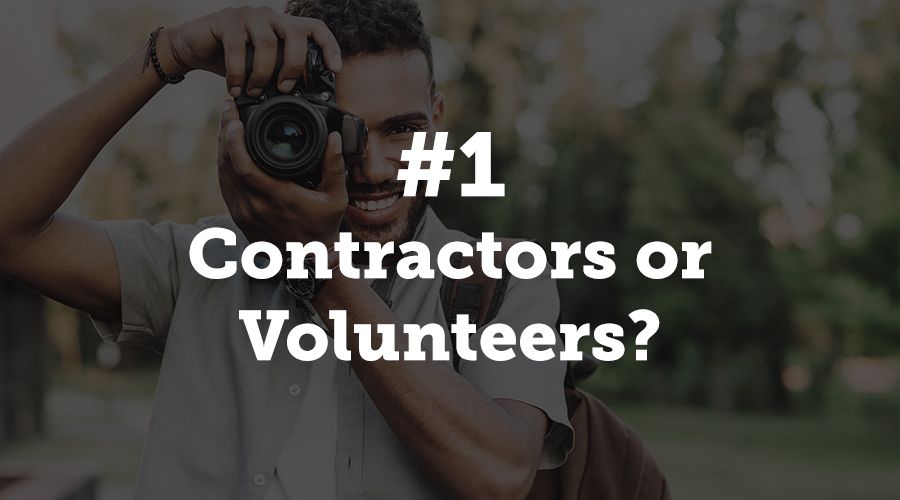
1. Contractors or Volunteers?
You may or may not have a dedicated photography budget built into your event plan. If you do, and it makes sense for your association, invest in a professional photographer. Before contracting with them, be sure to ask about their experience with events and request a sample portfolio to help you decide whether they are a good fit for your event.
If you don’t have the budget for a professional, consider enlisting support from volunteers, whether organizational staff, association ambassadors, or friends. Anyone you know with an eye for detail who will attend your event can act as onsite photojournalist to capture the moments that showcase your association.
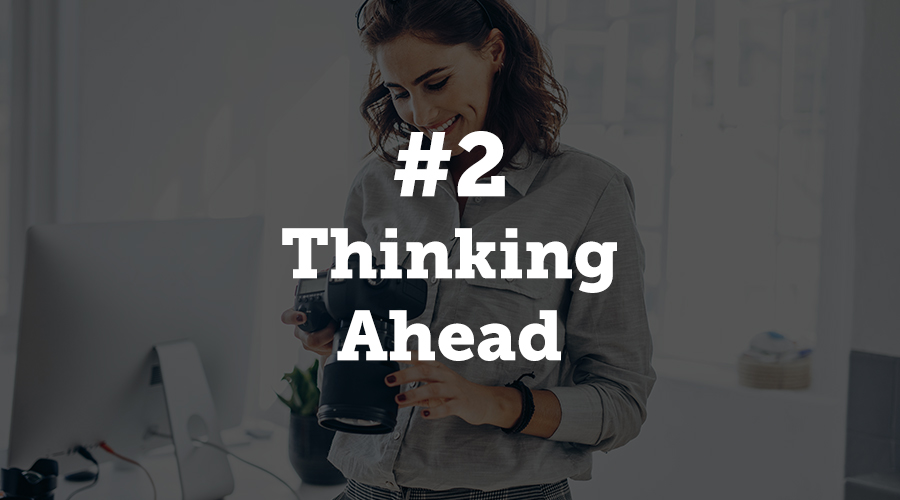
2. Thinking Ahead
As stated earlier, it’s never too soon to plan ahead. There is immediate value in photos that can be shared in real-time such as on social media channels, which we’ll discuss a bit later. However, the best moments are evergreen and can prove great longtail value for your event. Consider what matters most to attendees, sponsors and exhibitors, as well as speakers and other special guests, when brainstorming these opportunities.
What might entice them to attend your event? Consider sponsors, for example. What does their experience look like and what value can they glean from having a presence at your event? Look to capture signage, event branding, and the personality and culture of your event in images to show the value of attending
By thinking ahead to future events, especially if yours is recurring year after year or delivered multiple times throughout the year, you can line up photos that support the messaging you want to build out.
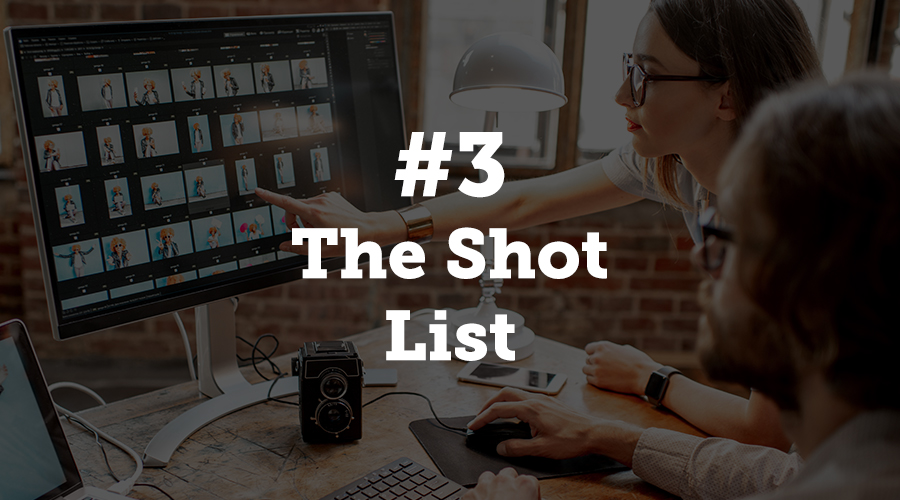
3. The Shot List
You know your agenda inside and out. The same is true of your venue. No one knows your audience better than you do.
When building a shot list— a scheduled plan of the photos you want— you’ll want to keep these things in mind. Whomever has been designated as your event photographer will expect you to help guide them to target spaces to get the photos you want. Make sure to discuss this ahead of time. Don’t wait until the first day of your event to meet with your event photographer.
At a minimum, your event photography shot list should include the following:
- What to capture (attendees, speakers, branded installations, demos in action, registration, etc.)
- Where to go (specific rooms and spaces, perspectives from the audience or stage)
- When to be there (use your agenda and show flow/run document as a guide)
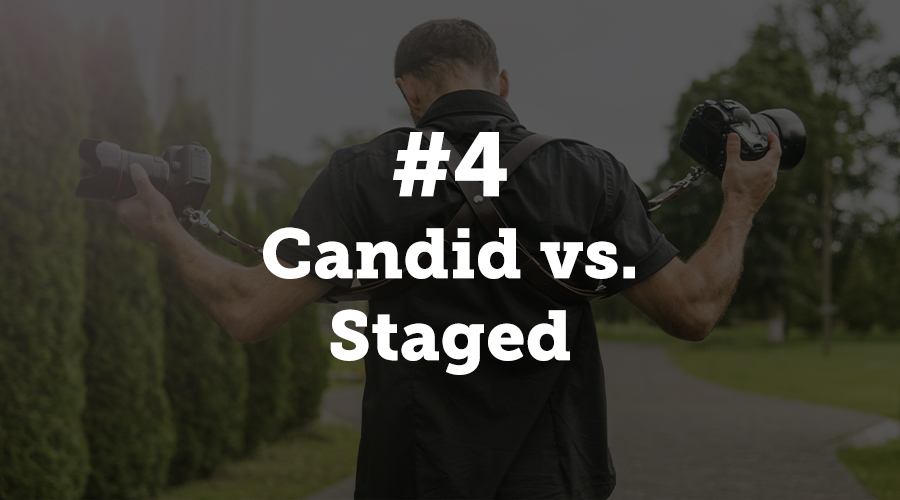
4. Candid vs. Staged
When deciding what kinds of moments you want to capture in photos at your event, consider a target ratio of candid and staged shots. Both types of images can be valuable in different contexts.
If you are seeking to capture candid moments, make sure your photographer understands the kinds of emotions and actions you want to see in the photos. For example, if you plan to use your photos for marketing purposes, like generating awareness and demand for your event, share that information with your photographer. Further, if your photos will be used in future sales collateral, or associated with a specific campaign or initiative, be sure to let the person taking your photos know so they can avoid capturing things like signage with specific dates— this will help you get the longest life from your images.
Your photographer should know the basic rules of thumb, like how to adequately fill a frame, but they will rely on you to help them understand what you’re hoping to project with the final images.
For staged moments, consider the overall event experience. What situations and scenarios would best represent that experience? How do you want attendees to feel about your event? Answers to these questions should inform the expectations you set with the photographer.
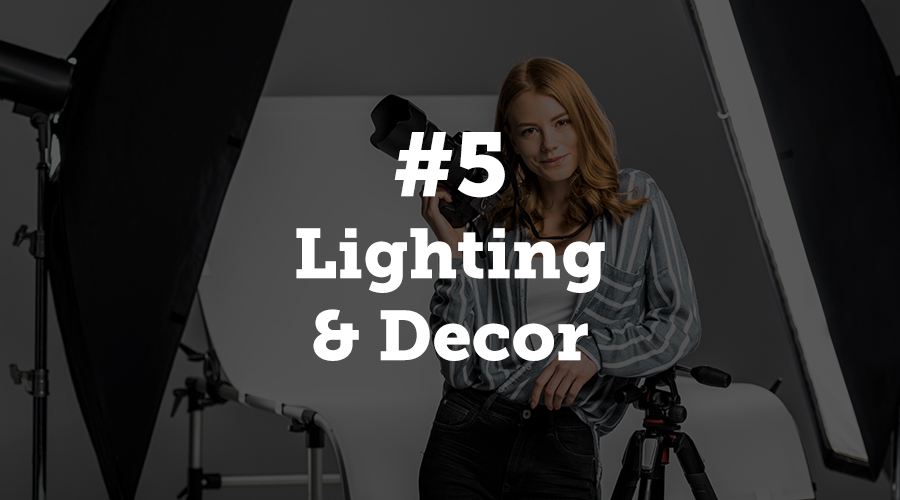
5. Lighting & Decor
Red eye, glare, shadows, color— these are a few of the many considerations running through a photographer’s mind as they prepare to snap photos at your event. As you’re planning the event, talking with your teams and vendors, and making decisions about event design, be sure to think about photo opportunities as well. If you want a way to engage attendees that also results in powerful imagery, think about an interactive backdrop or even an onsite photo booth.
Consider colors and textures, leaning on your event designers and vendors to guide you through options that match your vision for the event. Lighting is a crucial technical element in photography. Be sure to let your photographer know of planned lighting cues and changes throughout the event (on the mainstage, in common areas, etc.) so they can plan accordingly.
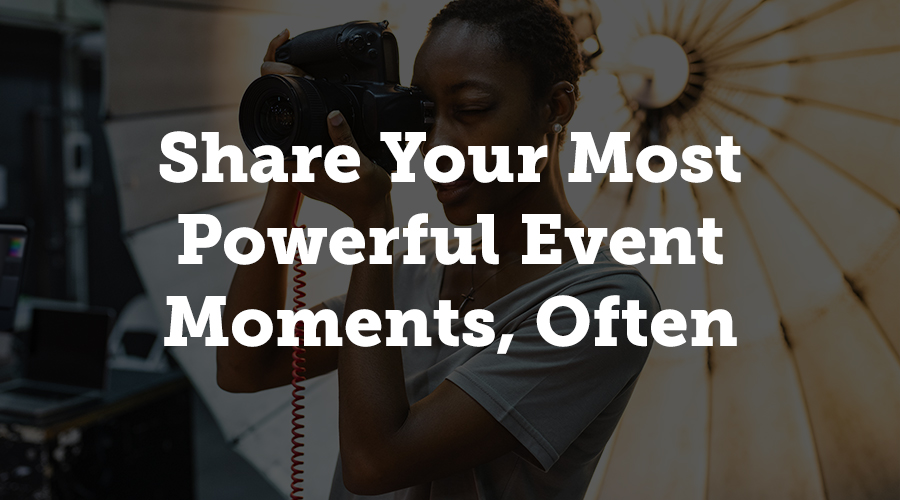
Share Your Most Powerful Event Moments, Often
As more technology and tools become available at a variety of price points, associations and nonprofit organizations alike are quickly becoming more sustainable marketing engines too. If a picture’s worth a thousand words, your event photos can help you tell the story of your event with minimal copy. That means less time in review and editing for you. The following three marketing modalities will help you and your association get the most from your event photos.
Event Marketing
What does event marketing look like for associations and nonprofit organizations? Check out this primer from Cadmium. You can use event photos on your association website, event sites and pages. Work them into your overall marketing efforts as often as possible. Images help readers and prospective event attendees connect with the material which helps drive interest and demand for your event.
Email Marketing
No one knows your event or your audience better than you do. What information do they need and when? Punctuate your email marketing content with images that are relevant to your overall event messaging. Use photography to showcase networking and educational opportunities for your members. Create event-specific campaigns designed to engage past attendees and inspire them to share the email with their networks to generate even more interest and demand.
Social Media Marketing
There is perhaps no better channel to feature powerful photos than on social media. The most common platforms enable users to consume large amounts of content in short bursts of time. That means people can learn a lot about your organization or association in a single scroll through your social profile. If your association has dedicated budget for paid advertising on social media, you will no doubt need compelling photos to accompany your strong calls to action.
Whether you enlist the help of a professional photographer or a volunteer, there are several key things to consider as you map out your plan for photography at your next event or trade show. The five factors above are integral if you are planning an event photo strategy for the first time. Taking in consideration these five key factors for staging, capturing, and sharing your most powerful event moments will help ensure you get the most value from your investment.
About the Author
Aubrey Moore coordinates Pathable’s event management blog and writes educational content for event planners.